When the Multiverse Legends series was revealed in March of the Machine
, an uproar took over the Magic Arena community, because, as these cards would be legal in the Historic format, one of the biggest staples of recent years would reach the Metagame.
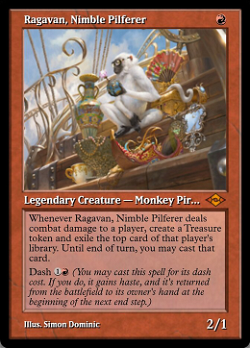
Tierliste
Kein Rang
Bewerten Sie es selbst
*Diese Website enthält Affiliate-Links, für die wir möglicherweise eine Vergütung erhalten
The expectation brought both disappointment and relief: Ragavan was pre-banned from Historic before the set was released on the digital platform, and players were spared having to invest in large deckbuilding concessions due to the most famous monkey in Magic: The Gathering.
Ad
However, its ban also left a number of players disappointed, as they wanted to experiment its power in games. For now, the Historic Brawl a format that seeks to meet the need for "Commander" in Magic Arena, remains as an option to play it. In this format, players assemble 99-card decks and a commander, and battle in one-on-one games, with a total of 25 life.
Ragavan, for some reason, is not banned from Historic Brawl. Therefore, we can assemble lists aimed at him in the format. And despite the deckbuilding concessions of playing a Mono Red deck, my tests with the monkey not only demonstrated that it's very viable in the format, it's also as strong as we'd expect it to be.
In this article, I present a decklist that seeks to optimize Ragavan, Nimble Pilferer and their abilities for Historic Brawl!
Ragavan as a Commander

Let's be honest: having access to Ragavan in the first turn, every game, is offensive in 1v1 formats, so much so that he was banned from Duel Commander on May 31, 2022, for being the best early game play available in the format, while also being relevant in later stages.
What makes the albino monkey so strong is that when it comes into play, the opponent is bound to have a removal and/or a chump block to prevent it from successfully dealing damage. Otherwise, its controller will accumulate a mana advantage with the Treasure created, in addition to having an "extra card" per turn for each combat that Ragavan is unimpeded.
With it in the Command Zone, its controller can cast it from the first turn. Therefore, the "threshold" of answers becomes even more limited, and if the opponent fails to find interactions at the beginning of the game, the amount of value generated by Ragavan becomes immeasurable - not by "stealing" a card every time it deals combat damage, but because the Treasure token lets you play more impactful cards sooner.
In general context, Ragavan, Nimble Pilferer is almost absurd as a commander: it comes in too early, generates too much value for its cost, generates a Lotus Petal per turn with no difficulty, and demands that other decks play with one-drops and/or more removals, and a single hit from him can bring any more impactful threat to the battlefield.
This creature is the perfect example of the card that generates a "snowball effect" if the other players don't adapt their lists to face it. It breaks one of the main proposals of formats focused on the casual scenario, such as Historic Brawl: the possibility of making insane plays that require too many pieces to be played in competitive environments.
When every list has to create concessions to deal with a single commander, it means that he is problematic for the format. It won't surprise me if, after a few weeks, Ragavan becomes that kind of threat in Historic Brawl.
A Mono Red in a Multicolored environment
On the other hand, if we look at the most played decks of Historic Brawl, we will see multicolored commanders such as Atraxa, Grand Unifier and Jodah, the Unifier, which are among players' top choices. They're excellent because once they start generating value, it's almost impossible to compare to them in terms of card advantage and board presence.
Ad
These commanders (and many others) tend to have a slow early game - these are the famous "manafixing turns", where tapped lands are played and/or certain cards are used to speed up mana and/or find the necessary colors to execute your game plan.

In this format, where games actually begin to be played from the third turn, despite being absurd as a commander, Ragavan, Nimble Pilferer offers a versatile strategy that takes advantage of the lists that take too long to impose themselves.
Unlike other red and/or aggressive commanders, it establishes a strategy where you can speed up your late-game mechanics, while allowing for deckbuilding with higher mana values than you would expect from a traditional Mono Red.
With Ragavan as commander, the famous "go under", where you seek to play under Midranges and card advantage strategies, joins the "go big", where you increase the costs of your spells, anticipating playing them earlier than expected. And so, an extremely versatile strategy is established, which manages to attack the opponent on several fronts, without losing breath.
The Decklist
There are several ways to build a Ragavan deck in Historic Brawl, such as using the swords of Phyrexia and March of the Machine to provide evasion, or in lists focusing on artifacts and/or Treasures, among others. In the list I'm presenting today, the focus is on using the monkey as the main first-turn play and the "enabler" for other impactful cards to come into play early.
We don't focus so much on giving him evasion, nor on taking advantage of other mechanics that have him as the epicenter of the list. Here, Ragavan, Nimble Pilferer is a gear that improves the deck and makes it way faster, but that manages to behave well without its presence on the board, in case the opponent spends a turn killing it.
Lands

In addition to 23 Snow-Covered Mountain (which allows us to activate Faceless Haven), we have a package of manlands to maintain our aggression even when the opponent solves our board with a Sweeper, with Mutavault, Mishra's Foundry, Den of the Bugbear, Sokenzan, Crucible of Defiance, and the aforementioned Faceless Haven.
The rest of the lands are utilitarian, with Access Tunnel offering evasion and Hanweir Battlements ensuring your creatures have immediate impact. Castle Embereth increases the clock with a full board, while Forgotten Cave acts as an extra late-game draw, and Ramunap Ruins increases our reach, alongside Sunscorched Desert.
Finally, Mana Confluence helps to cast spells exiled with Ragavan, while Mox Amber is practically an extra land drop, very useful when present in the starting hand.
Ad
Creatures
One-Drops

Our only one-drop besides Ragavan is Grim Lavamancer, and he's unlikely to be our first-turn play. Its presence on the list is linked to its long-term usefulness as removal or recurring burn.
Two-Drops

Our second-turn plays, when not focused on removing the opponent's blocker to attack with Ragavan and generate a Treasure, are proactive creatures that work very well on their own and/or interact directly with the commander's proposal.
Feldon, Ronom Excavator, Earthshaker Khenra, Bloodthirsty Adversary and Robber of the Rich are all aggressive creatures, which also generate some value during the game.
Rahilda, Wanted Cutthroat is one of the most powerful cards ever released in Alchemy sets, and the likely deck's commander should Ragavan, Nimble Pilferer be banned in the future. She's strong enough on her own, plus she better rewards building a list around protecting her.
And speaking of building around, Lizard Blades is one of the few cards on the list for its potential alongside the commander, but it's just as powerful alongside some of our late-game threats.
Magda, Brazen Outlaw is another support for Ragavan's abilities. Although we activate her ability a few times, she is an efficient tutor for Embercleave, a card that tends to end the game when played.
Lastly, Runaway Steam-Kin is too strong to not use in a Mono Red list, and since our deck can easily play two spells per turn, it grows fast during the match.
Three-Drops
Most of our creatures are in the three mana slot. This is the number where, normally, the most impactful red creatures are present, and with Ragavan's first attack, we can play them from the second turn.
We can separate them into those that increase our aggression, and those that snowball the opponent if they remain on the board.

Among the aggressors, we have some creatures with immediate impact, such as Reckless Stormseeker, Goblin Chainwhirler, Subira, Tulzidi Caravanner and Ahn-Crop Crasher. All of them have a decent body, and can amplify the pressure against the opponent when they come into play.
We also have cards with punitive effects for the opponent: Rampaging Ferocidon prevents Lifegain from delaying our clock, in addition to punishing players who play too many small threats and/or blockers. Furnace Punisher, in addition to being a 3/3 with Menace, punishes Goodstuff decks, which run a high amount of non-basic lands to maintain consistency.
Anax, Hardened in the Forge creates a body every time one of our creatures is killed. Bonecrusher Giant doubles as removal and creature on the list. Seasoned Pyromancer helps filter your hand, while it can put up to two more bodies on the battlefield the moment it comes into play.
Ad

The other threats at this cost are creatures that generate value or resources for each turn they remain on the battlefield. They are essential because, thanks to Ragavan, we can play them from the second turn, and we force our opponent to choose between dealing with our Commander, or killing these threats. And either way, we still have a potential "snowball effect" in the game.
Squee, Dubious Monarch, Legion Warboss and Hanweir Garrison create a token each time they attack and/or at each combat phase. Professional Face-Breaker and Captain Lannery Storm, in addition to interacting with the tokens created by Ragavan, create their own Treasures, and turn them into a card advantage or power buff.
Toralf's Disciple adds to the redundancy by creating four copies of Lightning Bolt - our best removal and Burn - to our deck every time it attacks.
Fable of the Mirror-Breaker creates a threat, creates Treasure tokens, filters our hand, as well as copying our non-legendary creatures. And, if you want to perform a combo with it, you can add Combat Celebrant to the list to have an additional combat phase for each untapped mana you have.
Four-Drops & Five-Drops

Our four and five mana creatures are our "finishers". All have an immediate impact the moment they come into play, or add a lot to the aggressive potential of the deck.
Rampaging Raptor is a recent addition from March of the Machine, essential for games where our opponent's commander is a Planeswalker, since it doesn't force us to choose who we need to attack. Additionally, its Trample and a relevant Mana Sink ability make it even stronger late-game.
Hellrider is excellent when we manage to pace our plays with several creatures. It becomes even more lethal alongside Torbran, Thane of Red Fell and Solphim, Mayhem Dominus, both of which also interact with our "Burn" sub-theme, as most of our removals can target the player as well.
Solphim and Torbran are also essential for dealing with Atraxa, Grand Unifier and other larger creatures without needing to cast multiple spells on them.
Glorybringer and Goldspan Dragon are our flying threats. Both have important attacking effects to our proposal, and demand immediate responses to avoid dominating the game.
Planeswalkers

Our main card advantage engine involves the Planeswalkers package: they all have abilities that interact with the board, or that allow you to "draw" an extra card every turn.
I think they're all obvious inclusions to the list, except for Chandra, Pyromaster, which entered the deck due to its ability to remove blockers, while still generating card advantage,
Ad
One notable exclusion is Chandra, Awakened Inferno. While I considered it a viable option, it contributes little to our go-wide strategy, and as I cut cards from our list to reach 99, it left out because it didn't interact directly with the rest of our deck.
Auras & Equipment

The Auras and Equipment package was much larger in the original version, but as I realized the need for more interaction, it was reduced to these four cards.
Cartouche of Zeal and Hammerhand have the function of punishing potential chump-blocks from opponents, in addition to adding to the immediate impact that creatures with effects when attacking can have during the match. They are also the main pieces I would consider removing for better options in the future.
Swiftfoot Boots, although commonly used to protect the commander in other formats, here has the function of protecting threats that we don't want the opponent to kill, like Goldspan Dragon or Glorybringer.
Boots are also useful on any creature enchanted with Draconic Destiny, a card capable of winning games on its own, and makes Ragavan, Nimble Pilferer an even bigger late-game threat.
As with Mono Red and Gruul Aggro from its Standard era and Pioneer/Explorer, Embercleave is a game-winning machine in this deck. With 32 creatures (counting Kumano Faces Kakkazan), we have plenty of ways to play it as soon as the fourth turn.
Interaction


Our removals can be divided into those that deal direct damage and those that don't.
Among those that only deal with creatures and Planeswalkers, our threshold is that it needs to be very cost-efficient. In a format like Historic Brawl, cards that deal four or five damage are very useful for killing some commanders. So, we use all spells that deal four damage and generate some added value, plus Nahiri's Warcrafting.
As for Burn spells, we have all that are available and useful in the format today, including the iconic Lightning Bolt, as well as the recent Stoke the Flames.
Chaos Warp fits in as the only "true" removal we have available in red today. We could use Transmogrify, and even Indomitable Creativity, but I find their effects too risky against Atraxa decks.
Others

Despite considering them to be very efficient, Wrenn's Resolve and Reckless Impulse are still spells that cost two mana to do nothing. Since we're not into a low-cost Burn shell, I don't see them as being as useful as Light up the Stage (which costs a single red mana), or our other means of gaining card advantage.
Ad
Kumano Faces Kakkazan isn't as impactful in our list, with another better turn 1 play. However, playing it on the second turn accompanied by another creature to, on the third turn, increase the body of one of our threats is still an option that makes it worthy of a space on the list.
Non-Alchemy Version
I know there are players who prefer not to use and not play against Alchemy cards in Historic Brawl. Therefore, here are the replacements in case you'd rather not run the digital cards on the list:
OUT

IN

Conclusion
That's all for today.
If you have any questions or suggestions for articles about Historic Brawl, or the deck above, feel free to leave them in the comments!
Thanks for reading!
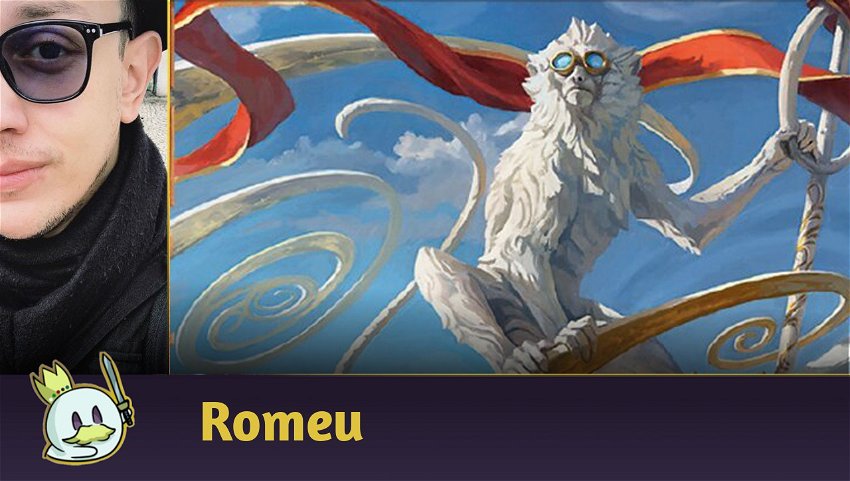


 Ebay.com
Ebay.com 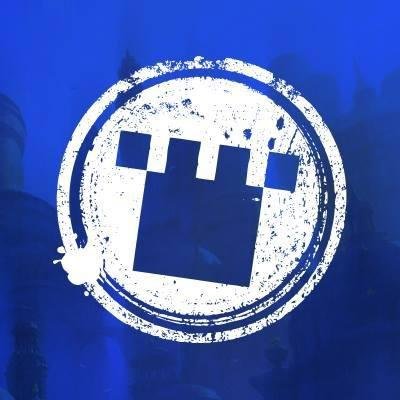 Cardkingdom
Cardkingdom 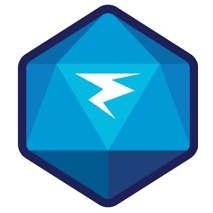 TCG Player
TCG Player 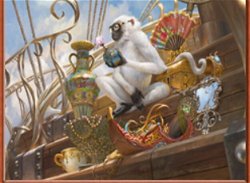
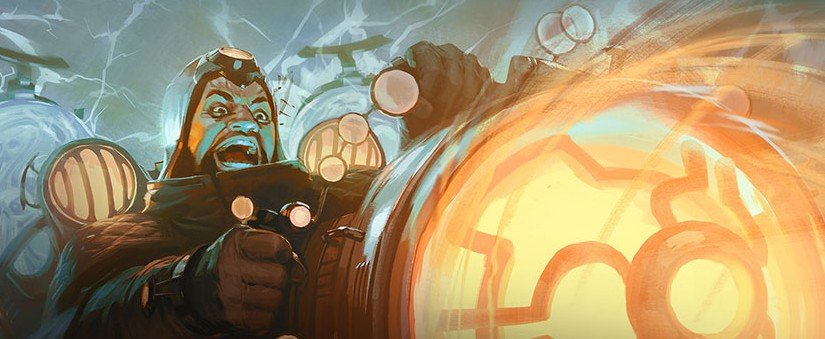
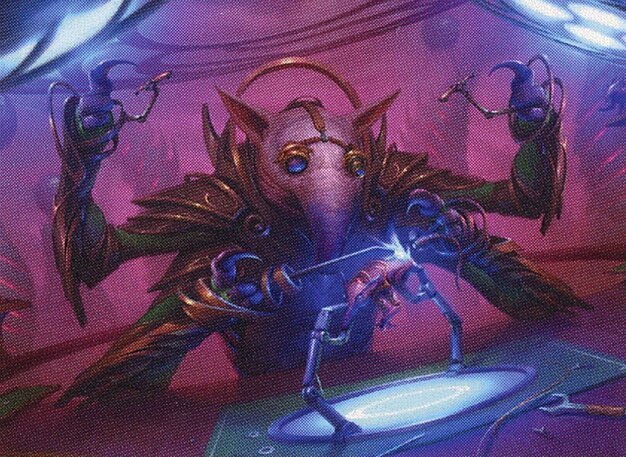



— Kommentare0
Sei der erste der kommentiert